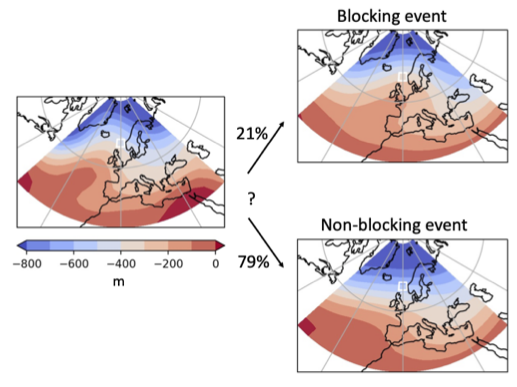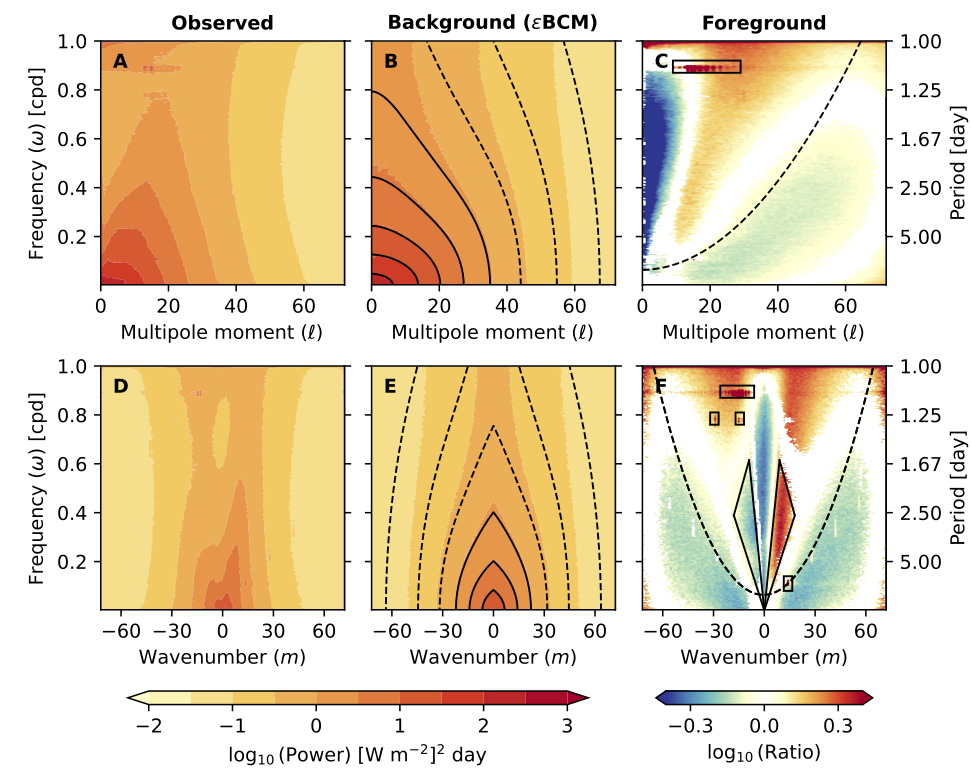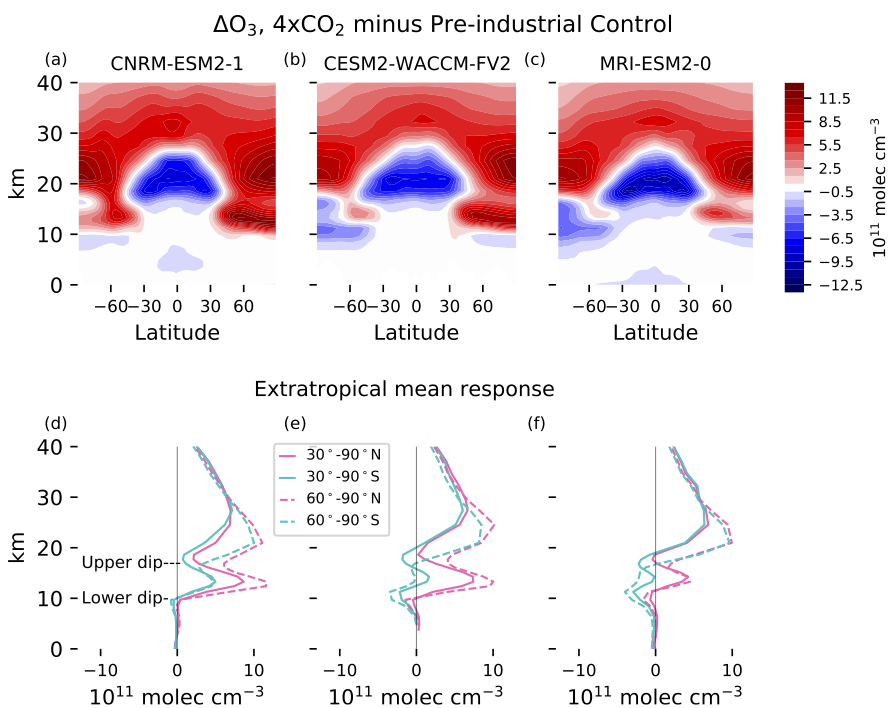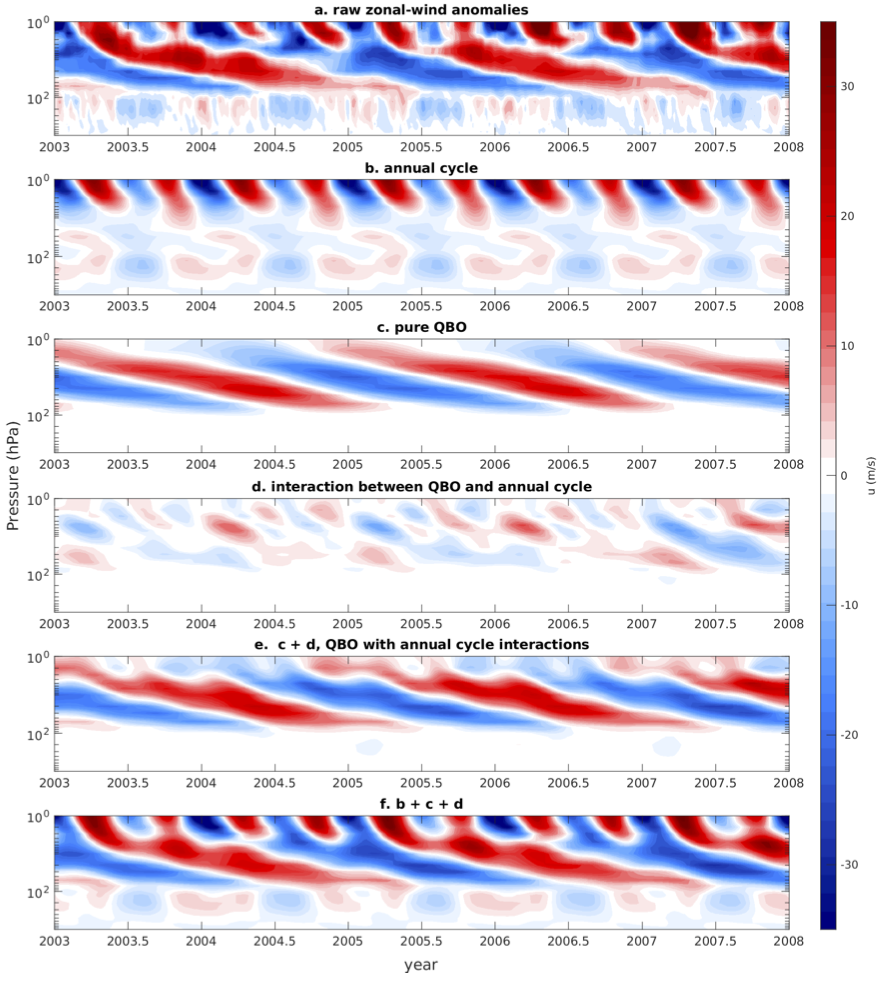Using Explainable AI and Transfer Learning to understand and predict the maintenance of Atlantic blocking with limited observational data
Published:
Huan Zhang submitted our paper on how to use machine learning to predict the persistence of blocking events to the new Journal of Geophysical Research Machine Learning and Computation, published by the AGU. Blocking events are persistent high pressure systems that “block” the flow of the jet stream. They are associated with extreme weather, as they shift the direction of storms, and, in summer, create heat domes that drive heat waves. A key element of a block is its persistence. Huan developed a convolutional neural network to predict whether an nascent blocking anomaly would persist, or fade away, and then interrogated the network to understand why it worked, and how it could be trained with the short observational record.

The plain language summary does a nice job of explaining the big picture: Blocking events are an important cause of extreme weather, especially long-lasting blocking events that trap weather systems in place. The duration of blocking events is, however, systematically underestimated in climate models. Using data generated by a simplified atmospheric model we demonstrate that, given sufficient training data, convolutional neural networks can predict the maintenance of Atlantic blocking from an initial blocked state. Next, we show that first training the neural network on data from the simplified model and then fine tuning the training using real world weather data enables prediction even with few examples of long-lasting blocking events in the observational record. Subsequent feature analysis of the resulting neural networks identifies the input variables that most strongly impact their predictions, revealing that areas of high pressure in certain parts of North America and the North Atlantic Ocean are important for predicting long-lasting blocking events and quantifying biases in the idealized model relative to real weather.




